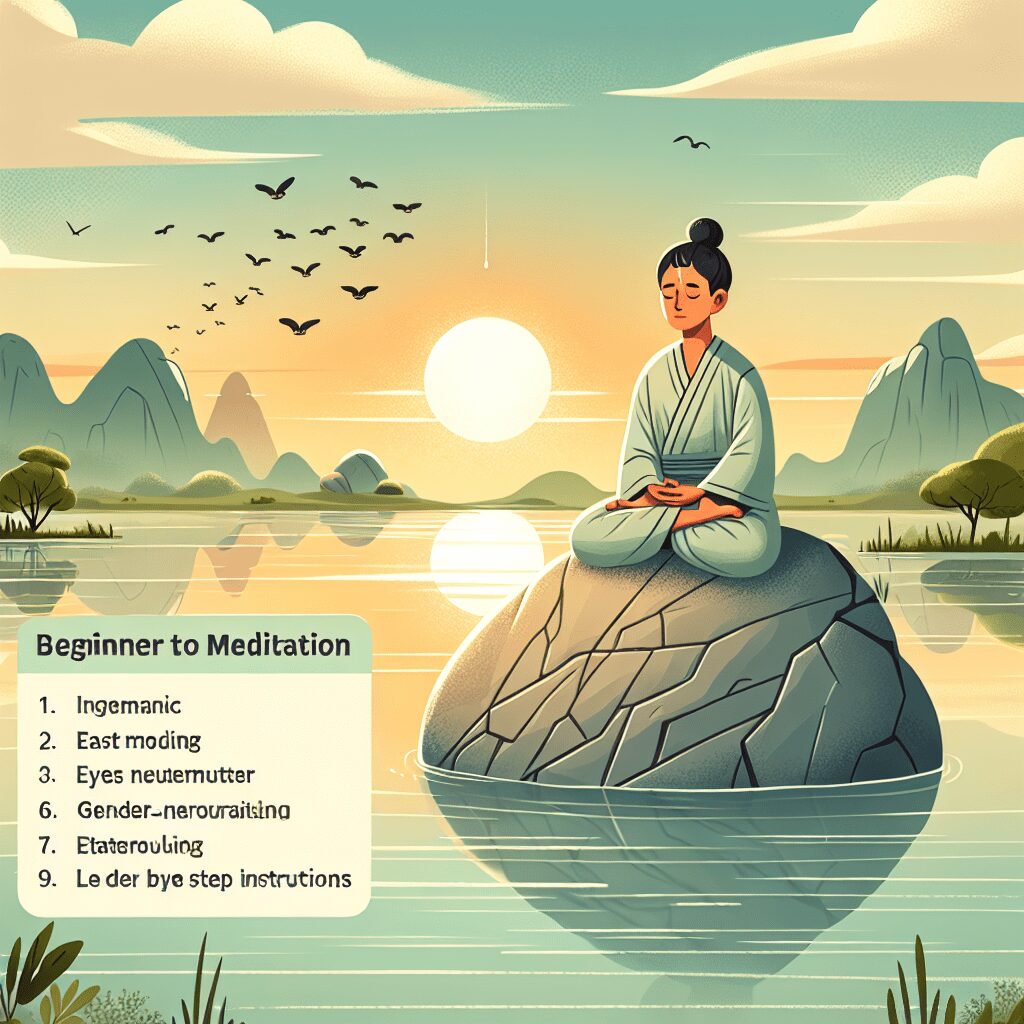
Prioritize your mental well-being daily. Enhance your life by nurturing your mental health with the Smart Meditation app. Break free from stress, alleviate anxiety, and enhance your sleep quality starting today.
What Type Of Artwork Served As An Aid To Meditation And Visualization In Shingon Buddhism?
Crafting Calm: Exploring the Artistic Gateways to Meditation in Shingon Buddhism
Dipping into the rich tapestry of Shingon Buddhism, it’s like opening a treasure chest brimming with spiritual jewels. A unique gem, standing out with its mystical brilliance, is the artwork that’s not just pleasing to the eye but serves as pivotal aids to meditation and visualization. Ever wondered how these visual aids work their magic in one of Japan’s oldest schools of Buddhism? Buckle up, as we dive deep into this fascinating confluence of art and spirituality.
The Sacred Canvas: Mandalas in Shingon Buddhism
At the heart of Shingon’s meditative practices are the Mandalas, intricate and symbol-laden artworks that are much more than meets the eye. These are not mere decorative pieces but are teeming with spiritual depth, serving as cosmic diagrams that represent the universe. But wait, there’s more to it!
1. The Cosmic Blueprint: Each Mandala is a microcosm, mirroring the vast universe. Practitioners use these as maps to navigate their spiritual journey, making the abstract tangible. 2. A Visual Ode to Enlightenment: The central figure in these Mandalas often depicts Vairocana Buddha, embodying the universal aspect of the enlightened mind. This serves as a focal point for meditation, guiding practitioners to envision their potential for enlightenment. 3. Gateways to Visualization: By meditating on the Mandalas, practitioners embark on a visual journey, unlocking deeper realms of consciousness and forging a profound connection with the divine elements portrayed in the artwork.
The Sculptural Harmony: Statues and Their Role in Meditation
Moving beyond the flat canvas, Shingon Buddhism also venerates statues as vital aids to meditation and visualization. These aren’t just statues but are regarded as living representations of various deities and Buddhas.
1. Channels of Communication: Each statue serves as a medium for practitioners to communicate and connect with the divine figure it represents, fostering a personal bond that enhances spiritual growth. 2. Focal Points for Visualization: By focusing on a statue during meditation, practitioners can vividly imagine the qualities and attributes of the deity, integrating these virtues into their being. 3. The Art of “Seeing”: This practice of visualizing deities in detail is known as “kanshō” and is a core meditation technique in Shingon Buddhism. It’s about “seeing” with the mind’s eye, beyond mere physical observation.
The Soothing Soundscapes: Ritual Music and Chants
Let’s not forget the auditory art forms that, while not visual, play a critical role in meditative practices. The ritual music and chants of Shingon Buddhism envelop practitioners in soundscapes that facilitate deeper meditation and spiritual awakening.
1. Vibrations of the Cosmos: The chants, believed to resonate with the vibrations of the universe, help align the practitioner’s energy with the cosmos, amplifying the meditation experience. 2. A Symphony of Symbols: The instruments used in ritual music are laden with symbolic meaning, each enhancing the meditation process by invoking specific spiritual states or deities.
In the serene embrace of Shingon Buddhism, art is not merely for art’s sake. It’s a profound spiritual tool, a bridge to the divine, and a catalyst for inner transformation. By engaging with these visual and auditory artworks, practitioners unlock deeper facets of their meditation practice, embarking on a visual and sensory journey to enlightenment.
So, next time you marvel at a Mandala or pause in silent reverence before a Buddhist statue, remember you’re standing at the gateway to an ancient meditative tradition. These are not just masterpieces of religious art but keys to unlocking the profound depths of the human spirit.





